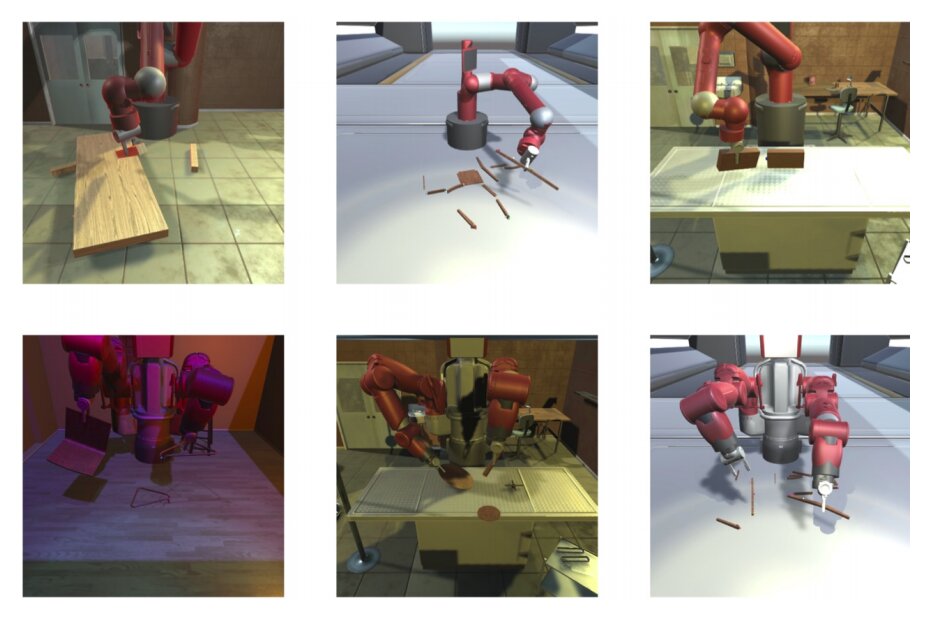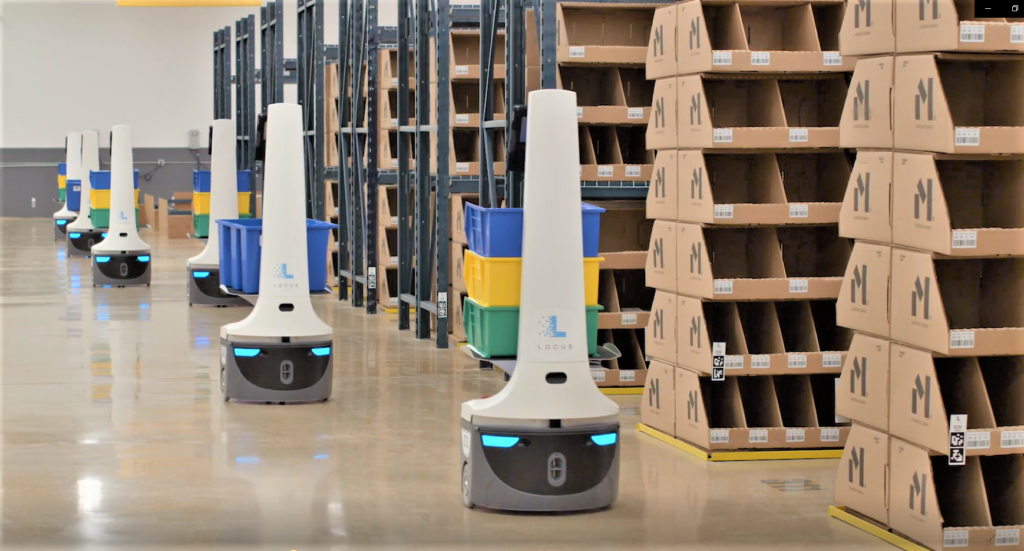
Robots are still too impersonal, unsympathetic and clumsy for use when human interaction is required, particularly in the case of customers. While this may change, for now, physical robots are best suited in B2B environments.
There are many commercial robots available today, the Roomba being a good example. Examples like that, however, don’t require human interaction when in use. Today’s commercial robots are mostly machines that cover tedious household chores — something that robots do very well.
In case you are keeping track:
An IKEA furniture assembly environment to train robots on complex manipulation tasks

In order to complete complex everyday tasks such as using equipment, cooking or building furniture, robots should be able to plan their actions and manipulate objects in their surroundings. So far, however, teaching robots to complete complicated tasks, such as those that require planning over a considerable period of time, has proved to be rather challenging, also due to a lack of reliable simulated environments to test them in.
"The environment is designed to advance reinforcement learning from simple toy tasks to complex tasks requiring both long-term planning and sophisticated low-level control," the researchers wrote in their paper.
Locus Robotics Says Robots Helped Fill 13M Orders in November - Robotics Business Review

Locus Robotics today announced its robots were able to deliver more than 13 million units picked during November 2019 on behalf of its global retail and third-party logistics customers. The company said this was a 400% increase in units picked over last year.
* * *
"2019 has been a year of significant transformation and growth for Locus and our customers," said Rick Faulk, CEO at Locus Robotics. "We saw an incredible uptick in demand for our scalable, flexible, multi-robot solution. Locus helped businesses break productivity records they couldn't have imagined possible even a year ago. This performance is an amazing testament to the value of our solution."
Manufacturing Jobs - Robotic Blacksmithing

Reason Cybertruck is so planar is that you can’t stamp ultra-hard 30X steel, because it breaks the stamping press
This process will likely supersede current technologies, including additive manufacturing and CNC machining, Daehn said. That's partly because the process is sustainable, using standard metals with nothing cut away because it can create goods with higher properties, and partly because machines can work 24/7.
"The idea is rather than adding or subtracting we're changing the shape or we're changing the properties, that's why we call it metamorphic manufacturing," Daehn said.
Were you following this:
Virginia Tech lab using robots to pave path to the stars

At least, says Professor Erik Komendera, that's the hope. "If we're sending people back to the moon in the next decade," he said, "we'd prefer they not have to build their own home when they get there."
Instead, it'll be little robots like these doing the work. When the next generation of astronauts arrive on the lunar surface, they may find habitats and structures ready to go, built by robots.
But that dream is still years away. For now, back on the ground in the Field and Space Experimental Robotics Laboratory, Prof. Komendera's students are focused on baby steps.
Soft Robotics announces partnership with FANUC - Modern Materials Handling
Soft Robotics, a robotics pioneer dedicated to solving the hardest workforce challenges, today announced a strategic partnership with FANUC, the world's largest maker of industrial robots, that will accelerate the adoption of integrated soft robotic solutions into high-growth automation markets worldwide.
Soft Robotics' disruptive mGrip modular gripper system and automation solutions have enabled the successful implementation of robotic applications in the highly variable and unstructured environments of consumer goods manufacturing, food processing and packaging, and e-commerce supply chain automation.
AI-driven robots are making new materials, improving solar cells and other technologies | Science

Ada, an AI-driven robot, searches for new solar cell designs at the University of British Columbia.
BOSTON— In July 2018, Curtis Berlinguette, a materials scientist at the University of British Columbia in Vancouver, Canada, realized he was wasting his graduate student's time and talent. He had asked her to refine a key material in solar cells to boost its electrical conductivity. But the number of potential tweaks was overwhelming, from spiking the recipe with traces of metals and other additives to varying the heating and drying times.
RIA - Robotics Online - The Last Mile of Automation: Service and Delivery Robots
We see it all the time in the news. Venture capitalists, startup companies and major corporations investing in recruiting automated technologies to service their clients and bring their products to homes and offices. It’s robotic, automatic, high-touch and high stakes. This webinar will talk about:
* * *
Jim Beretta is president at Customer Attraction, a Marketing Consulting company specializing in the automation and robotics industry. He is best known as the driving force behind marketing and branding for one of North America's largest automation integrators, with over 20 years in the automation industry. He operates his marketing consultancy and works with Automation manufacturers, distributors, robot companies and the automation community around the world.

No comments:
Post a Comment